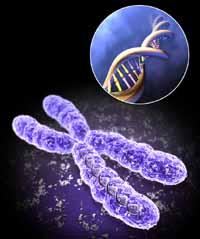The purpose of the in vivo mammalian spermatogonial chromosome aberration test is to identify those substances that cause structural aberrations in mammalian spermatogonial cells. Structural aberrations may be of two types, chromosome or chromatid. With the majority of chemical mutagens, induced aberrations are of the chromatid type, but chromosome-type aberrations also occur. This guideline is not designed to measure numerical aberrations and is notroutinely used for this purpose. Chromosome mutations and related events are the cause of many human genetic diseases. This test measures chromosome events in spermatogonial germ cells and is, therefore, expected to be predictive of induction of inheritable mutations in germ cells.
This in vivo test is designed to investigate whether somatic cell mutagens are also active in germ cells. In addition, the spermatogonial test is relevant to assessing mutagenicity hazard in that it allows consideration of factors of in vivo metabolism, pharmacokinetics and DNA-repair processes.
Animals are exposed to the test substance by an appropriate route of exposure and are sacrificed at appropriate times after treatment. Prior to sacrifice, animals are treated with a metaphase-arresting agent (e.g., colchicine or Colcemid®). Chromosome preparations are then made from germ cells and stained, and metaphase cells are analyzed for chromosome aberrations.
